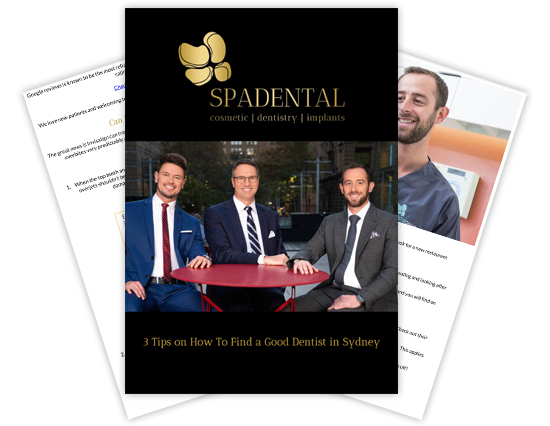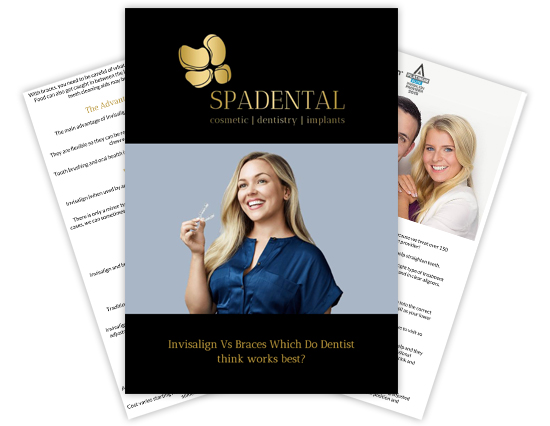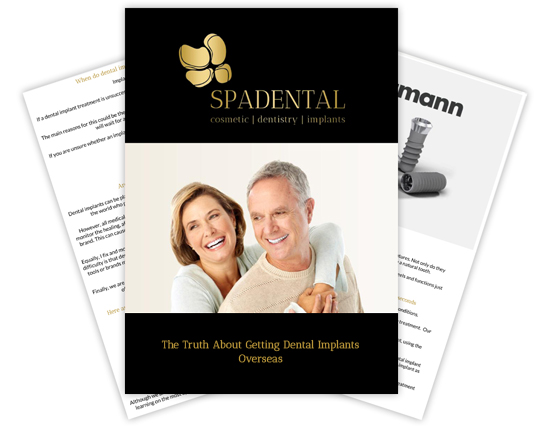Causes of oral cancer

You don’t have to be a smoker. You don’t even have to live an unhealthy lifestyle to be at risk of oral cancer. While there are certain lifestyle choices that definitely increase the chance of developing it, there are a number of other causes that we have less control over.
Tobacco and Alcohol Use
Prolonged tobacco use in all its forms (smoking, chewing, smokeless tobaccos, betel nut and bedis) is still the most prevalent cause of oral cancer. Heavy alcohol use (defined as more than four standard drinks on a single occasion) is also high on the list of risk factors. When used together your risk is significantly increased, as the two act synergistically. Those who both smoke and drink, have a 15 times greater risk of developing oral cancer than others. The effect that alcohol has on the soft tissues of the mouth may be the key to understanding how it combines with tobacco to increase the risk of developing cancer. The dehydrating effect of alcohol on cell walls enhances the ability of tobacco carcinogens to permeate mouth tissues. Additionally, nutritional deficiencies associated with heavy drinking can lower the body’s natural ability to use antioxidants to prevent the formation of cancers. Regardless of the precise relationship between alcohol use and tobacco use in the causes of oral cancer is it is widely accepted that eliminating the use of oral tobacco, and reducing or eliminating your intake of alcohol, will immediately reduce your risk of developing oral cancer. In fact, within 10 years your risk for oral cancer should be as low as any other non-drinker/non-smoker.
Sexually Transmitted Virus
New research has identified the Human Papilloma Virus (HPV-16) as a growing cause of oral cancer. The HPV virus can be sexually transmitted between partners and is the same virus responsible for the vast majority of cervical cancers in women. Currently there are no preventive measures that will stop the sexual transmission of this virus and, as there are no outward symptoms, individuals will be unaware that they are carrying it. Now the link has been made between the HPV virus and oral cancer, it goes part way to explaining why there is an increasing incidence of young, non-smoking oral cancer patients. Traditionally it has been accepted that 25% of oral cancer cases were from ‘other’ causes than smoking. Given the changes in tobacco use and sexual practices that have happened over the last ten years, some researchers believe it is likely that a much higher percentage of sufferers (ranging from 50-65% according to the American Oral Cancer Foundation) have HPV as the causative agent. This means that the traditional ‘at risk’ group of male smokers over 50 who should be screened for oral cancer is changing and should be expanded to include anyone old enough to have engaged in sexual behaviours which are capable of transferring the HPV virus. It also suggests that there is a paradigm shift occurring in the causes of oral cancers. For this reason it would make sense to include an annual oral cancer screening alongside your normal check-up regardless of whether you smoke or drink, to give you the best chance of catching the disease at its earliest possible stage when it is most responsive to existing treatments and your chances of survival are at their highest. Early detection is the key.
Sun Exposure
Extended sun exposure to any part of your body, including your lips, without a broad spectrum Sun Protection Factor (SPF) can increase your risk of skin cancer. Known as Squamous Cell Carcinoma (SCC), this form of skin cancer can appear on parts of the body that are most exposed to the sun, such as your lips, and have a high risk of spreading. Because of the increased awareness of the damaging effects of prolonged exposure to sunlight and the increased use of sunscreens the instances of this type of oral cancer have been slowly declining. However, it still pays to remember that you need to protect every exposed part of your body from the sun’s harmful rays.




